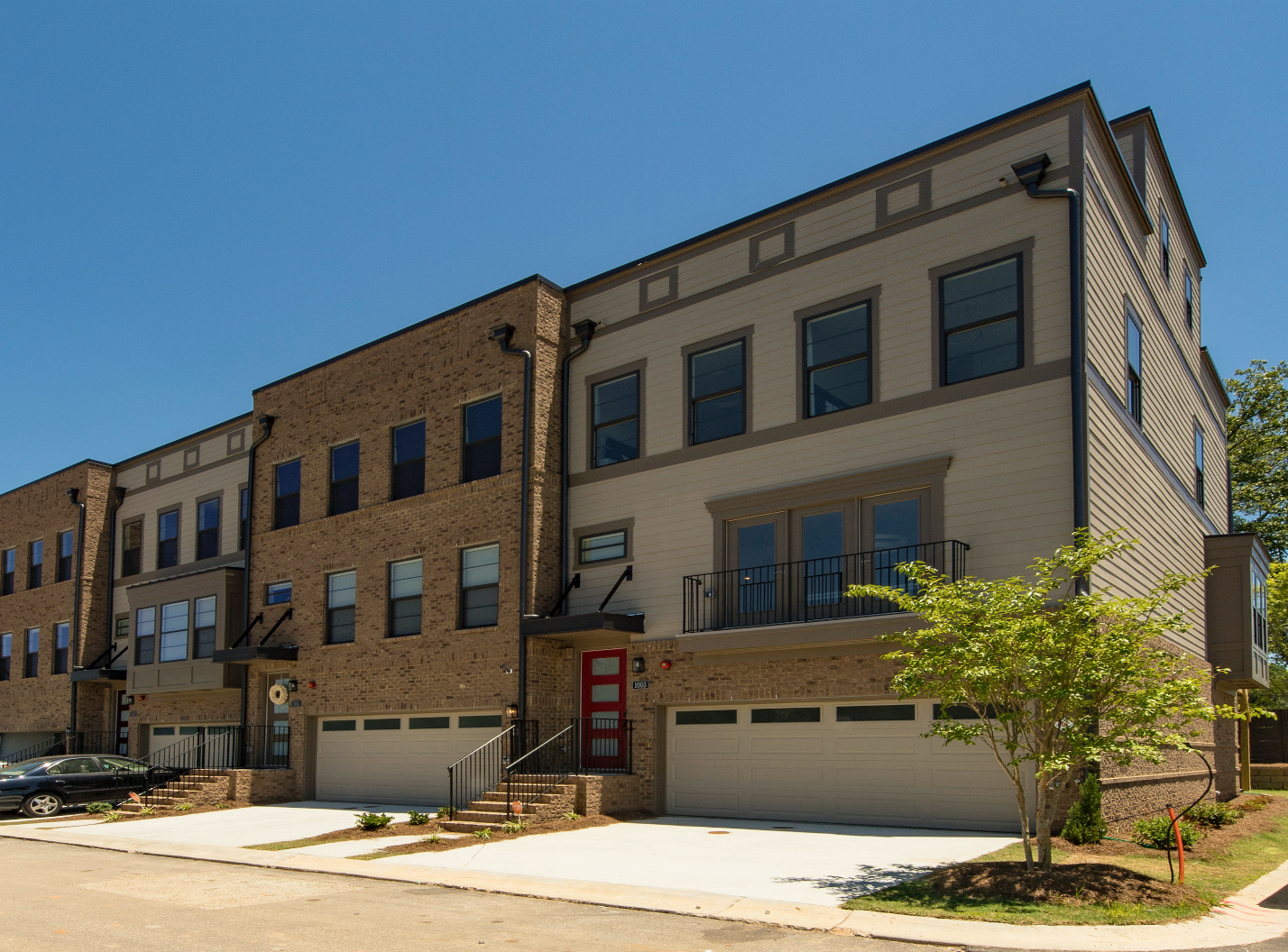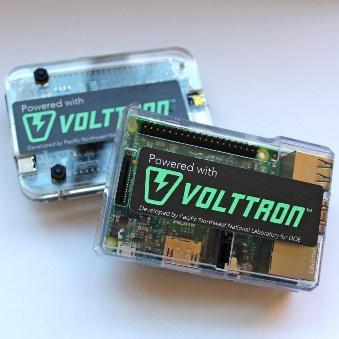
Georgia Power Smart Neighborhood™


Partners: Georgia Power, Pulte Homes, Southern Company, U.S. Department of Energy's (DOE’s) Oak Ridge National Laboratory (ORNL), Electric Power Research Institute (EPRI), and others
Location: Atlanta, GA (Upper West Side)
Connected Community type: Residential new construction
Distributed energy resources (DERs) installed: Each homeowner owns their rooftop PV solar panels, in-garage battery energy storage system and an EV charger.
Flexible loads: ORNL developed the Oak Leaf home energy management system using the VOLTTRONTM control platform to manage the heat pumps, water heaters and inverters given price signals from Georgia Power.
Aggregated controls: A VOLTTRON-based device manager for each house reads in data and makes an optimization service request to the central optimizer for the community. The community is designed to minimize homeowner interaction with the system, which is capable of running as a "virtual" island to minimize grid exchange.
Value proposition: The utility now has a better understanding of the future of energy in Georgia, as well as ways to optimize building load with EVs and electrification with energy efficiency savings. From a developer perspective, builders received marketing assistance from the utility in selling these homes, which increased sales and allowed higher sales prices. Homeowners were attracted to the smart appliances that were part of the Smart Neighborhood package.
Grid issues addressed: Electrified homes with rooftop solar cause large peak loads in the morning and evening when the homes need to draw from the grid, with solar overproduction during the day (duck curve) when the sun is out.
Grid services used: Energy scheduling and load shifting to reduce load peaks and valleys.
Experience/highlight: In this project, one goal was to implement learning algorithms to improve load management and explore virtual islanding. Early findings indicate that an energy optimization system is more fault tolerant if it requires minimal interaction from the building occupants. Some early experiences showed it is challenging to keep a smart water heater maintaining a load shed for many hours, as the water heater control algorithms built into the unit generally try to provide constant hot water.


